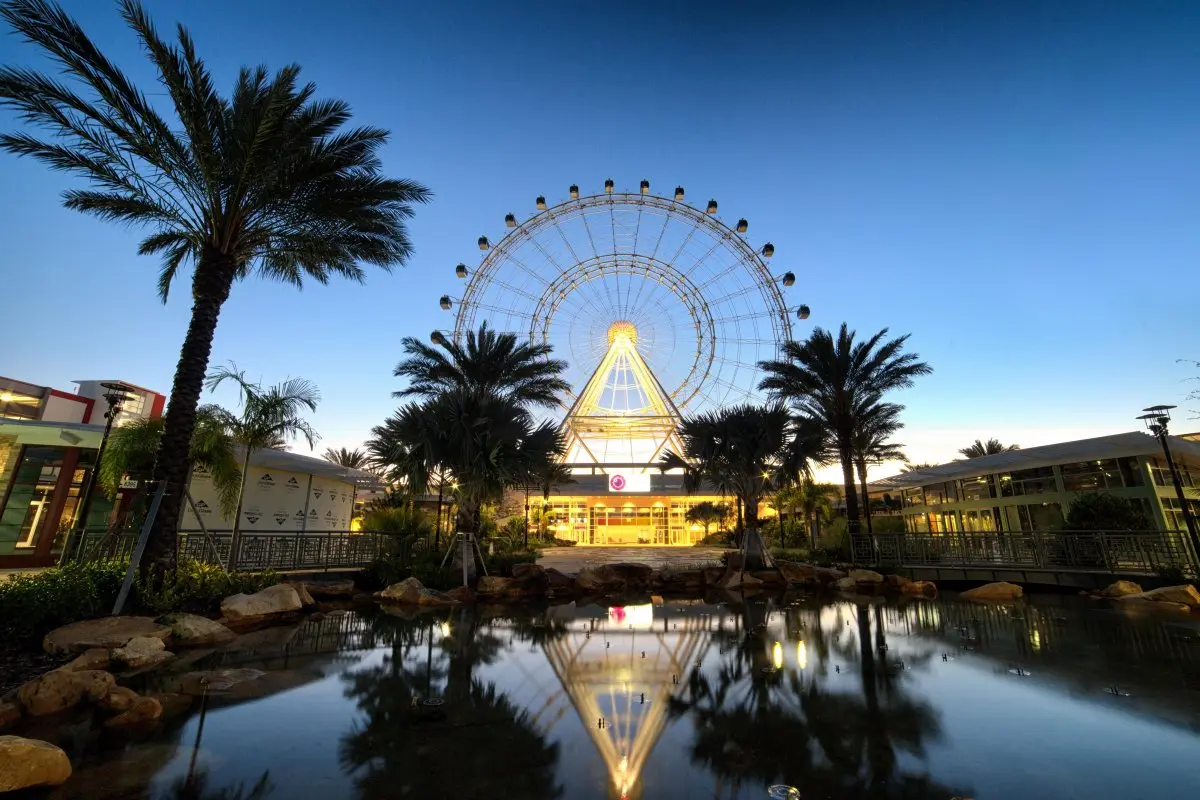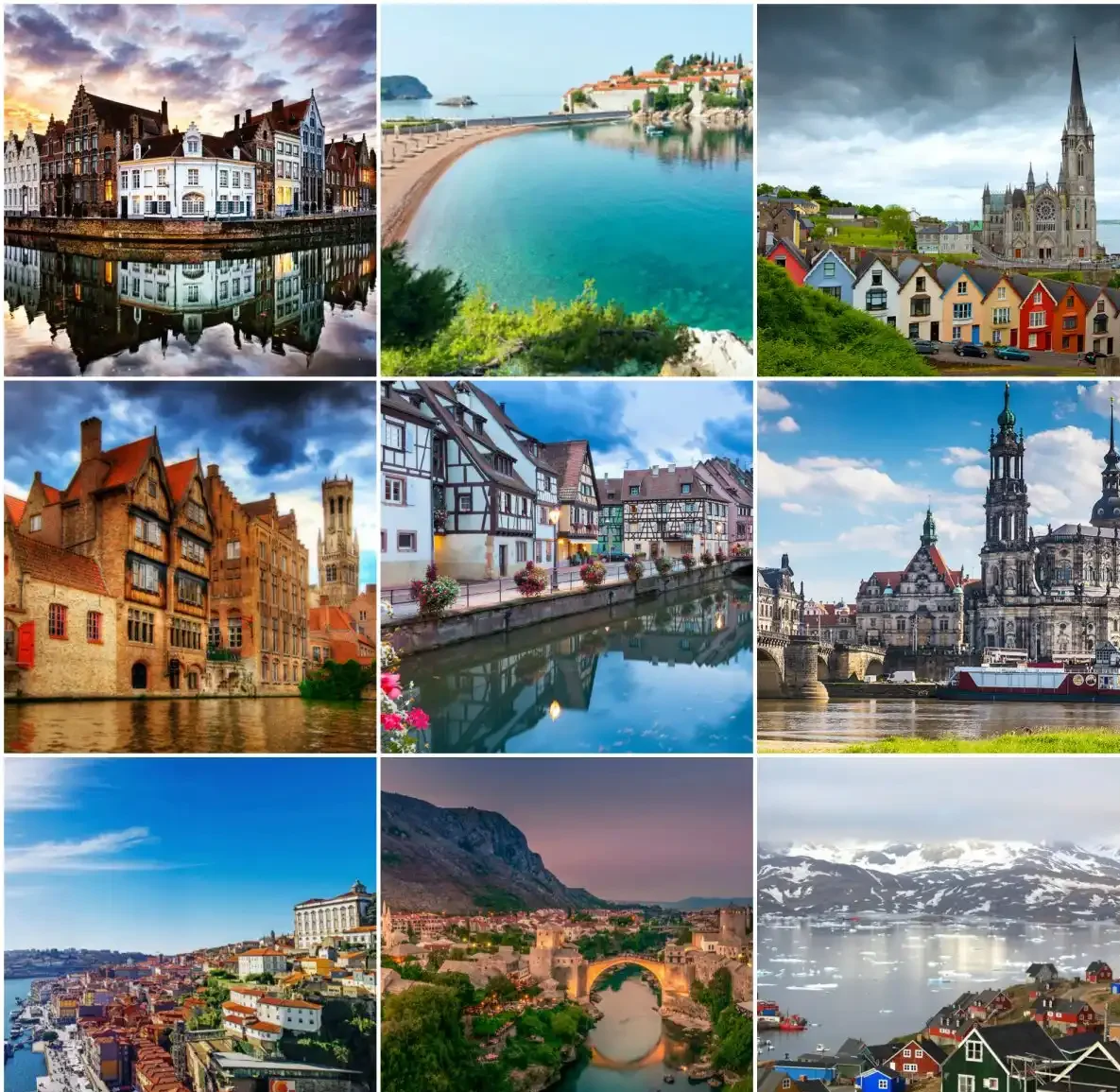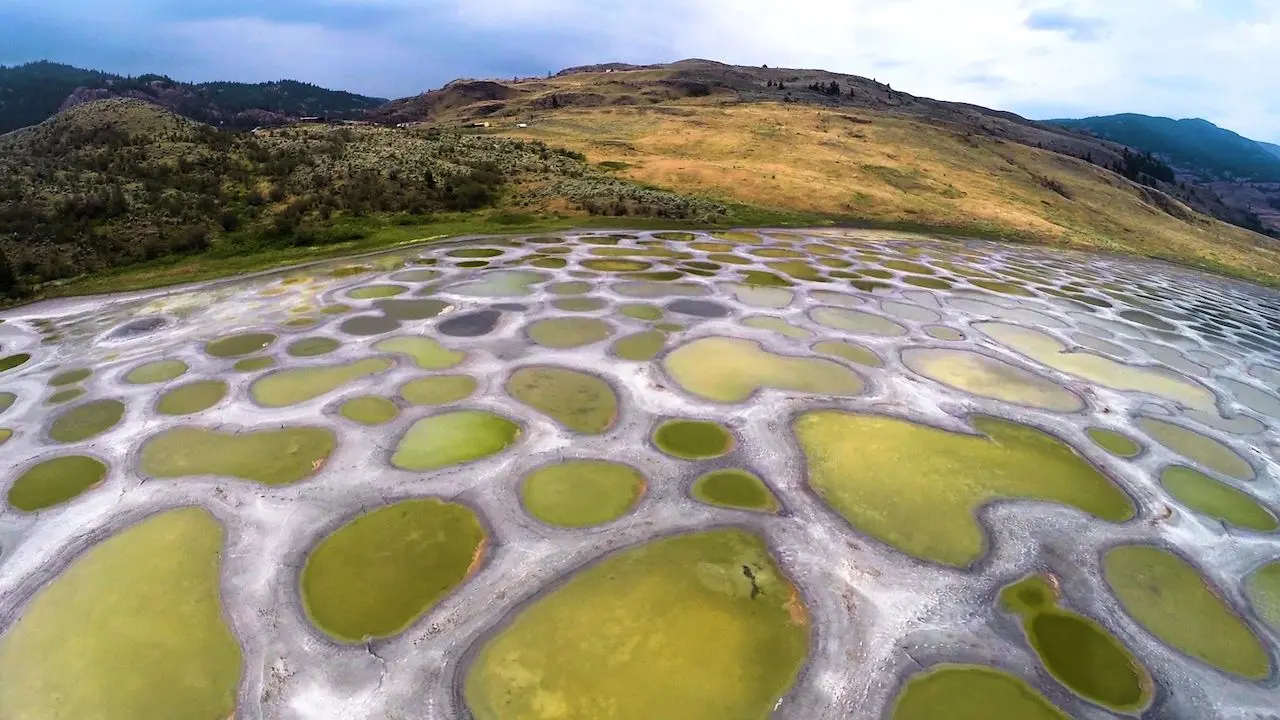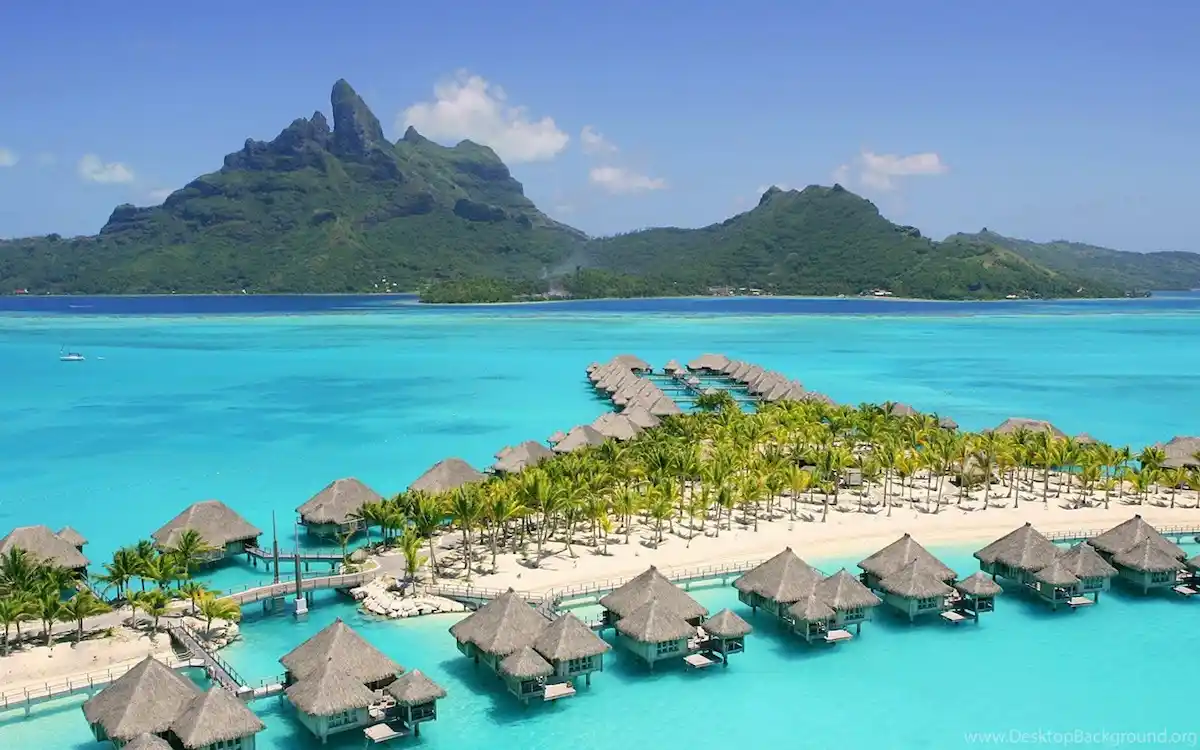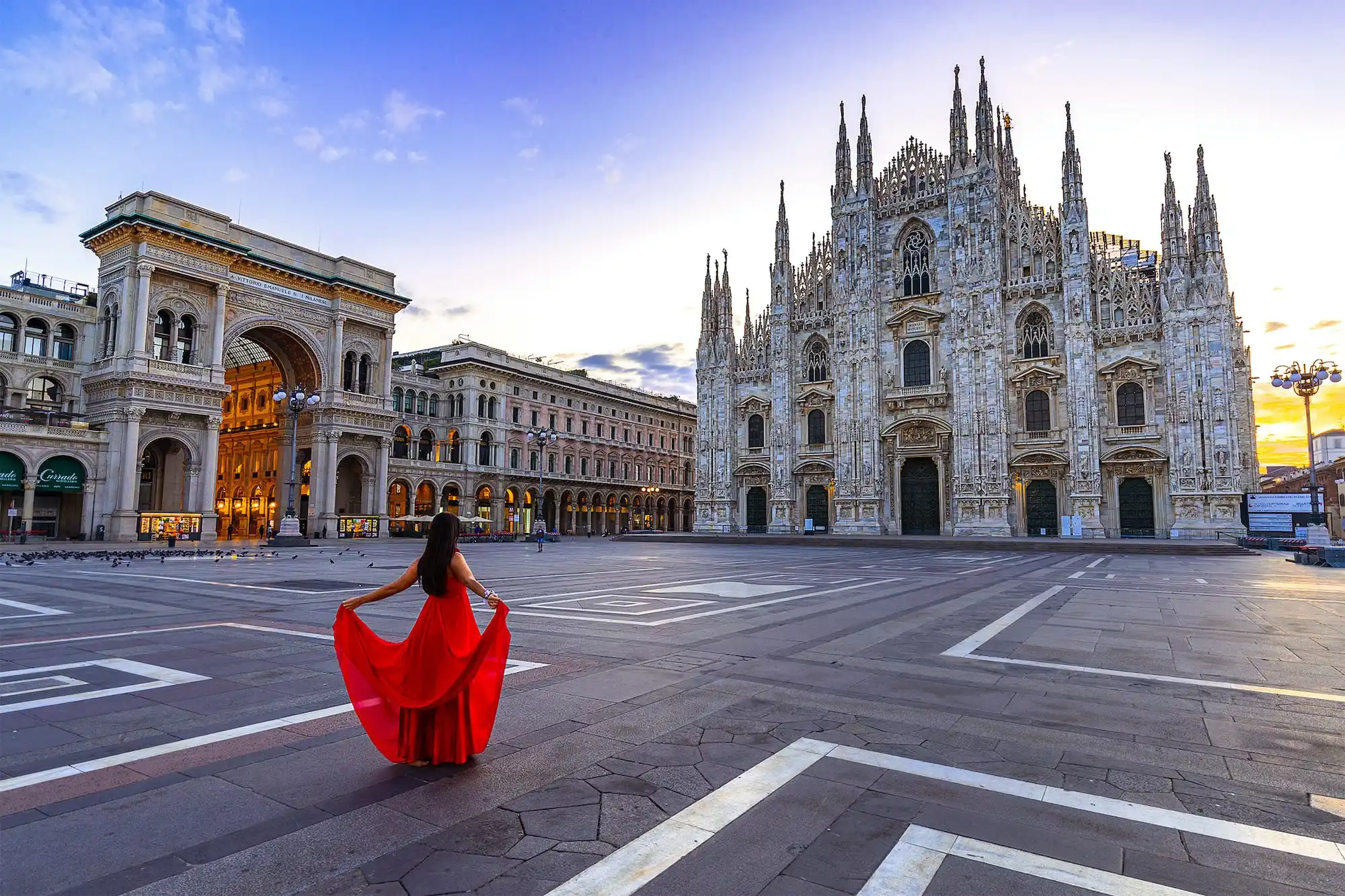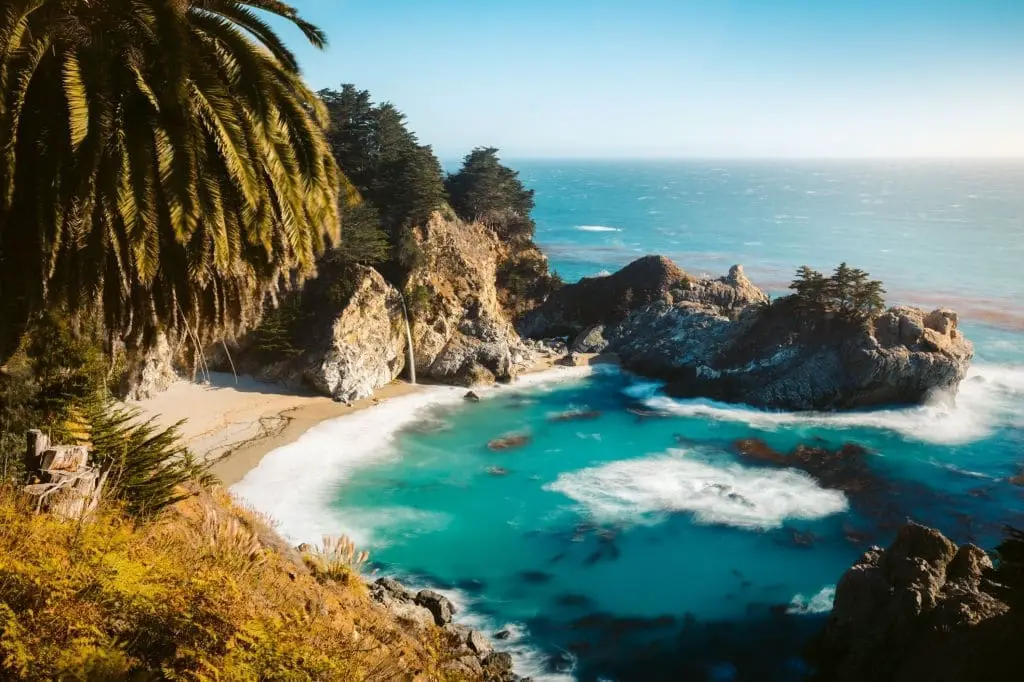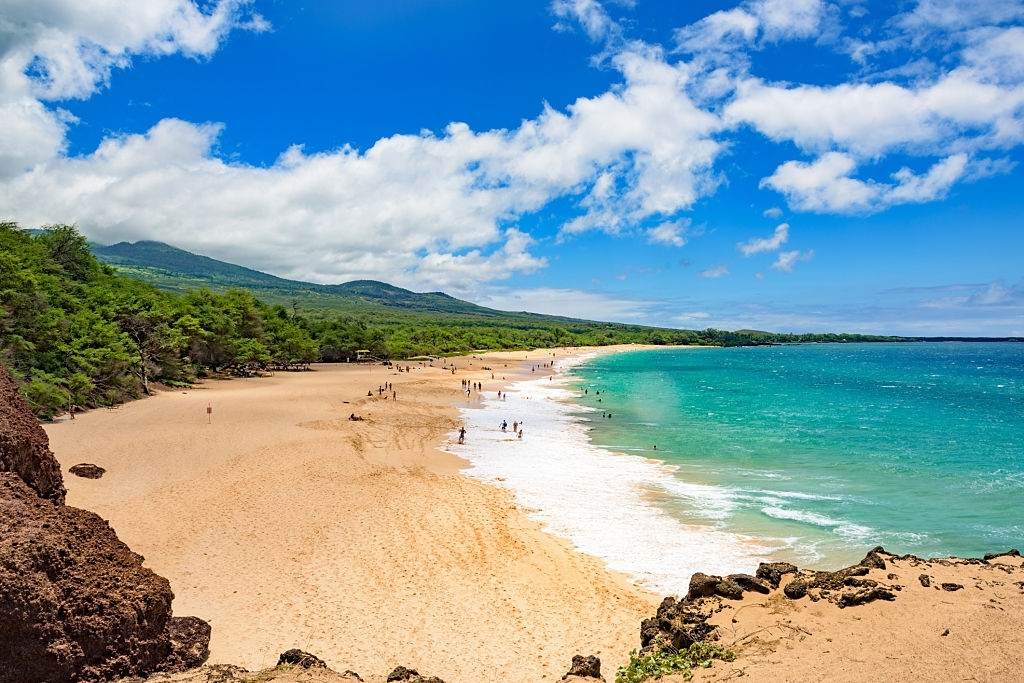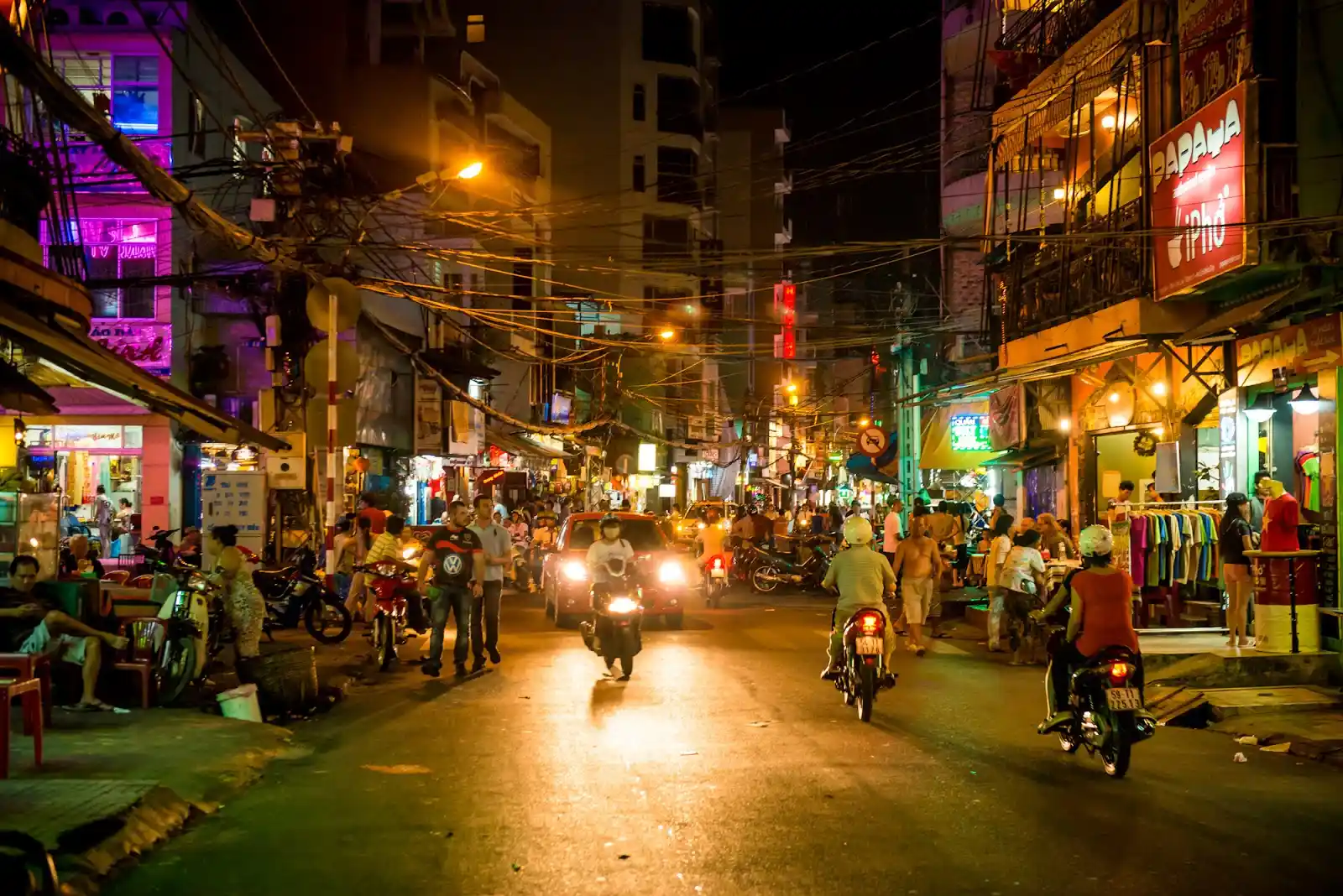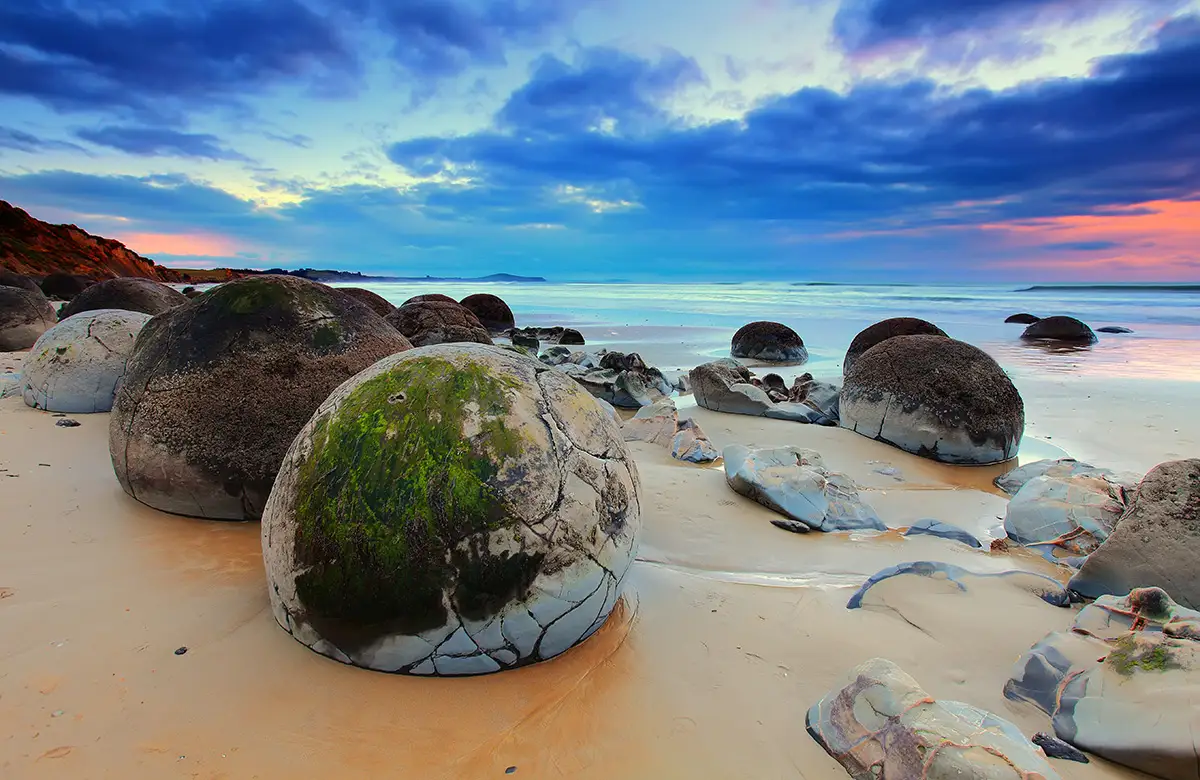Thailand, a land of vibrant culture, breathtaking landscapes, and warm hospitality, has long been a favorite destination for travelers worldwide. Whether you’re seeking serene beaches, bustling cities, or spiritual retreats, this Southeast Asian gem offers something for everyone. In this article, we’ll explore the top 10 reasons why Thailand should be your next vacation destination. From its rich cultural heritage to its mouthwatering cuisine, we’ll delve into every aspect that makes Thailand an unforgettable experience.
1. Thailand’s Stunning Beaches: A Tropical Paradise
When it comes to tropical getaways, Thailand’s beaches are second to none. With crystal-clear waters, powdery white sands, and lush palm trees swaying in the breeze, these coastal havens are a dream come true for beach lovers. The country boasts some of the most picturesque beaches in the world, each offering unique experiences tailored to different types of travelers.
Phuket: The Pearl of the Andaman
Phuket, Thailand’s largest island, is renowned for its vibrant nightlife, luxury resorts, and pristine beaches like Patong, Kata, and Karon. Beyond the sun-soaked shores, Phuket offers opportunities for snorkeling, scuba diving, and island-hopping adventures to nearby Phi Phi Islands and James Bond Island. The latter gained fame as the filming location for the James Bond movie The Man with the Golden Gun .
Patong Beach, the most famous stretch of sand on the island, is a hub for water sports enthusiasts. Here, you can try jet skiing, parasailing, or even take a banana boat ride. For those who prefer a quieter atmosphere, Kata Beach provides a more laid-back vibe, perfect for families and couples looking to relax. Additionally, the Big Buddha statue, perched atop Nakkerd Hill, offers panoramic views of the island and serves as a spiritual landmark.
Krabi: Nature’s Masterpiece
Krabi boasts dramatic limestone cliffs, emerald-green waters, and secluded coves. Railay Beach, accessible only by boat due to its towering limestone formations, is a must-visit for rock climbers and nature enthusiasts. The sheer cliffs provide challenging routes for climbers of all skill levels, while the turquoise waters invite swimmers and kayakers to explore the coastline. Ao Nang, another popular beach in Krabi, is known for its vibrant nightlife and abundance of restaurants serving fresh seafood.
For a truly immersive experience, consider taking a longtail boat tour to Hong Islands or Poda Island. These uninhabited islands feature powdery white sands and coral reefs teeming with marine life, making them ideal spots for snorkeling and swimming. Don’t forget to capture the iconic limestone karsts that dot the horizon—they’re quintessential images of Thailand’s natural beauty.
Koh Samui: A Blend of Luxury and Serenity
Koh Samui combines upscale amenities with untouched natural beauty. Chaweng Beach, the busiest and most developed area on the island, caters to tourists seeking a lively atmosphere. By contrast, Lamai Beach offers tranquility without compromising on comfort. Both beaches boast soft sands and clear waters, perfect for lounging or participating in water activities such as paddleboarding and windsurfing.
One of Koh Samui’s standout attractions is Ang Thong Marine Park, a protected archipelago comprising 42 islands. Visitors can embark on day trips to hike through lush jungles, kayak through hidden lagoons, or simply soak up the sun on secluded beaches. Another must-see is the Big Buddha Temple (Wat Phra Yai), where a golden statue towers over the landscape, attracting pilgrims and photographers alike.
Travel Tip: Visit Thailand’s beaches during the dry season (November to April) for optimal weather conditions and fewer crowds. During the rainy season (May to October), some islands may experience rough seas, limiting access to certain areas.
2. Rich Cultural Heritage: Temples, Traditions, and Festivals
Thailand is often referred to as the “Land of Smiles,” not just because of its friendly locals but also due to its deep-rooted traditions and cultural richness. The country’s history spans centuries, blending influences from neighboring nations and ancient civilizations. This fusion has resulted in a unique cultural tapestry that captivates visitors from around the globe.
Breathtaking Temples
The country is home to over 40,000 Buddhist temples, each more stunning than the last. Wat Arun in Bangkok, known as the Temple of Dawn, dazzles visitors with its intricate design and riverside location. As the sun rises, the temple’s porcelain-covered spires shimmer against the morning light, creating a mesmerizing spectacle. Inside, murals depicting scenes from Buddhist mythology adorn the walls, offering insight into the religion’s teachings.
Another architectural marvel is Wat Phra That Doi Suthep in Chiang Mai. Perched atop a mountain, this sacred site requires a climb of 309 steps—or a ride via cable car—but the effort is rewarded with breathtaking views of the city below. Once inside, visitors can pay respects to the revered golden chedi, believed to enshrine relics of the Buddha.
In Ayutthaya, the former capital of Siam, ancient ruins tell stories of a once-thriving empire. Designated a UNESCO World Heritage Site, Ayutthaya Historical Park features remnants of grand palaces, monasteries, and stupas. Highlights include Wat Mahathat, where a tree appears to grow out of a Buddha head, symbolizing the harmony between nature and spirituality.
Traditional Festivals
Thai festivals are a riot of colors, sounds, and flavors. Songkran, the Thai New Year, is celebrated with water fights symbolizing purification and renewal. Held annually in mid-April, this festival sees streets transformed into splash zones as people douse each other with water guns, buckets, and hoses. It’s a joyful occasion that brings communities together, regardless of age or background.
Loy Krathong, another beloved celebration, takes place during the full moon of the 12th lunar month (usually November). Participants release floating lanterns made of banana leaves, flowers, and candles onto rivers and lakes, expressing gratitude and making wishes for the future. Watching thousands of lanterns illuminate the night sky is an ethereal experience that leaves a lasting impression.
Cultural Etiquette
Understanding local customs enhances your travel experience. Always remove your shoes before entering temples, dress modestly, and greet people with a respectful “wai” gesture—a slight bow with hands pressed together. Avoid touching someone’s head, as it is considered sacred in Thai culture, and refrain from pointing your feet at others, as they are seen as unclean.
By embracing these traditions, you’ll not only show respect for the local way of life but also gain deeper insights into Thailand’s cultural fabric.
3. Exquisite Thai Cuisine: A Feast for the Senses
Thai food is celebrated globally for its bold flavors and aromatic spices. From street food stalls to Michelin-starred restaurants, culinary delights abound throughout the country. Each region boasts its own specialties, reflecting the diversity of Thailand’s geography and culture.
Signature Dishes
Pad Thai, Tom Yum Goong, Green Curry, and Mango Sticky Rice are staples you simply cannot miss. Pad Thai, a stir-fried noodle dish tossed with shrimp, tofu, peanuts, and lime, exemplifies the balance of sweet, sour, salty, and spicy elements that define Thai cuisine. Similarly, Tom Yum Goong, a hot and sour soup infused with lemongrass, kaffir lime leaves, and galangal, showcases the complexity of Thai flavors.
Green Curry, made with coconut milk, green chilies, and fragrant herbs, pairs perfectly with steamed jasmine rice. Meanwhile, Mango Sticky Rice, a dessert consisting of ripe mango slices served alongside glutinous rice drizzled with coconut cream, provides a sweet finale to any meal.
Street Food Adventures
Bangkok’s street food scene is legendary. Try grilled skewers at Yaowarat (Chinatown), slurp down boat noodles in Ayutthaya, or indulge in fresh seafood along the coastlines. Street vendors often prepare dishes right in front of you, ensuring freshness and authenticity. One of the most iconic snacks is Som Tam (papaya salad), a spicy and tangy mix of shredded green papaya, tomatoes, peanuts, and chili.
For a truly immersive experience, visit Chatuchak Weekend Market, where hundreds of stalls offer everything from fried insects to freshly squeezed fruit juices. While adventurous eaters might relish trying deep-fried scorpions or crickets, there’s no shortage of safer options like grilled chicken satay or crispy spring rolls.
Cooking Classes
For a hands-on experience, enroll in a cooking class. Learn how to prepare authentic Thai dishes using fresh ingredients sourced from local markets. Many classes begin with a guided tour of a wet market, where instructors explain the uses of various herbs, spices, and produce. Back in the kitchen, participants follow step-by-step instructions to recreate classics like Massaman Curry or Pad Krapow Moo (stir-fried pork with holy basil).
These classes not only teach valuable skills but also foster appreciation for the artistry behind Thai cooking. Plus, you’ll leave with recipes to impress friends and family back home!
4. Vibrant Nightlife: Where Fun Never Sleeps
If you’re looking for excitement after sunset, Thailand won’t disappoint. Its nightlife ranges from laid-back beach bars to high-energy clubs, catering to diverse tastes and preferences.
Bangkok’s Rooftop Bars
Bangkok’s skyline comes alive at night, thanks to rooftop bars like Sky Bar at Lebua State Tower and Vertigo at Banyan Tree Hotel. Enjoy signature cocktails while marveling at glittering city views. Sky Bar, featured in The Hangover Part II , offers an opulent setting with floor-to-ceiling windows overlooking the Chao Phraya River. Meanwhile, Vertigo provides a more intimate ambiance, complete with candlelit tables and live jazz music.
For a quirky twist, check out Maggie Choo’s, a speakeasy-style bar hidden beneath a nondescript building. Inspired by 1930s Shanghai, this underground venue combines dim lighting, vintage decor, and creative drinks for a memorable evening.
Full Moon Party on Koh Phangan
This world-famous event attracts partygoers from around the globe. Dance barefoot under the moonlight, enjoy fire shows, and immerse yourself in an electrifying atmosphere. Held monthly on Haad Rin Beach, the Full Moon Party features multiple stages playing genres ranging from electronic dance music to reggae. Paint parties, glow-in-the-dark accessories, and bucket cocktails add to the festive vibe.
While the Full Moon Party is undoubtedly the main attraction, Koh Phangan also hosts Half Moon Parties and Jungle Parties for those who prefer smaller crowds or alternative themes.
Chiang Mai’s Night Bazaar
For a more relaxed vibe, head to Chiang Mai’s Night Bazaar. Shop for handmade crafts, savor local delicacies, and listen to live music performances. Unlike Bangkok’s glitzy nightlife, Chiang Mai offers a charming blend of tradition and modernity. Artisans sell intricate silver jewelry, colorful textiles, and wooden carvings, making it easy to find unique souvenirs.
Food stalls line the streets, tempting passersby with aromatic curries, grilled meats, and exotic fruits. Afterward, settle into one of the many cafes or bars to unwind and reflect on your day’s adventures.
5. Affordable Travel Options: Luxury Within Reach
One of Thailand’s biggest draws is its affordability. Whether you’re backpacking or indulging in luxury, the country caters to all budgets. This accessibility has contributed significantly to Thailand’s popularity among international travelers.
Accommodation
From budget guesthouses to five-star resorts, accommodation options are plentiful. Hostels start at $5 per night, providing basic amenities like dormitory beds, shared bathrooms, and communal kitchens. Mid-range hotels, priced between $30 and $70 per night, offer air-conditioned rooms, private bathrooms, and complimentary breakfast buffets.
Luxury seekers can splurge on boutique villas, eco-lodges, or oceanfront resorts. Properties like Six Senses Yao Noi and Four Seasons Resort Chiang Mai deliver unparalleled service, exquisite dining, and breathtaking views. Despite their premium pricing, these establishments remain competitively priced compared to similar offerings elsewhere in Asia.
Transportation
Getting around Thailand is both convenient and cost-effective. Tuk-tuks, three-wheeled motorized rickshaws, zip through congested streets, offering quick yet bumpy rides. Songthaews, converted pickup trucks fitted with benches, serve as shared taxis in rural areas. Fares typically range from $0.50 to $2 depending on distance.
For longer journeys, trains and buses connect major cities, ensuring seamless travel. First-class train cabins provide sleeper berths, meals, and air conditioning, making overnight trips comfortable and efficient. Domestic flights operated by airlines like Thai Airways, AirAsia, and Nok Air link Bangkok with provincial capitals, reducing travel time considerably.
Activities
Many attractions, such as temples and national parks, have minimal entrance fees. For instance, visiting Wat Pho costs approximately $6, while exploring Khao Yai National Park requires a nominal fee of $10. Street food and local markets allow you to eat well for under $5 per meal, with hearty portions of Pad See Ew or Khao Soi available for less than $3.
Adventure activities like zip-lining, elephant trekking, and scuba diving vary in price but remain affordable relative to global standards. Packages often include equipment rental, transportation, and professional guides, enhancing value for money.
6. Adventure Opportunities: Thrills Amidst Nature
Adventure seekers will find no shortage of activities in Thailand. The diverse landscape provides endless possibilities for outdoor enthusiasts, whether you’re scaling mountains, diving beneath waves, or interacting with wildlife.
Diving and Snorkeling
The Similan Islands and Surin Islands are among the best dive sites in the world. Located off the west coast of Thailand, these remote archipelagos boast crystal-clear waters, vibrant coral reefs, and abundant marine life. Advanced divers can explore underwater caves and swim alongside majestic manta rays and whale sharks, while beginners can opt for introductory courses led by certified instructors.
Snorkelers will appreciate the shallow reefs surrounding Koh Tao, a small island renowned for its affordable diving certifications. Rent gear directly from beachside shops or join organized tours departing daily from Mae Haad Pier. Keep an eye out for clownfish darting among anemones and parrotfish nibbling on algae-covered rocks.
Elephant Sanctuaries
Interact responsibly with elephants at ethical sanctuaries like Elephant Nature Park in Chiang Mai. These organizations prioritize animal welfare and conservation efforts, allowing visitors to feed, bathe, and walk alongside rescued elephants in their natural habitats. Educational programs highlight the importance of protecting these gentle giants from exploitation and abuse.
Alternatively, visit Boon Lott’s Elephant Sanctuary in Sukhothai, which focuses on rehabilitating injured and orphaned elephants. Volunteers assist with daily tasks such as preparing food, cleaning enclosures, and observing behavioral patterns. Such initiatives promote sustainable tourism practices while raising awareness about environmental issues.
Hiking and Trekking
Northern Thailand offers scenic trails through jungles, rice paddies, and hill tribes. Doi Inthanon National Park, home to Thailand’s highest peak, is a popular choice for hikers. Trails wind past cascading waterfalls, misty forests, and viewpoints overlooking rolling hills. Guided treks often include overnight stays in Karen or Hmong villages, giving participants a glimpse into traditional lifestyles.
For a shorter excursion, hike to Monk’s Trail near Chiang Dao Cave. This moderate route leads to a series of meditation caves inhabited by Buddhist monks. Along the way, observe native flora and fauna, including orchids, ferns, and macaques.
7. Wellness Retreats: Rejuvenate Mind, Body, and Soul
Thailand is synonymous with wellness tourism, offering holistic treatments and rejuvenating experiences designed to restore balance and vitality. Whether you’re seeking relaxation, healing, or personal growth, the country’s spas and retreat centers cater to every need.
Spa Treatments
Indulge in traditional Thai massages, herbal compress therapies, and aromatherapy sessions. Many spas use organic products sourced locally, ensuring purity and effectiveness. Techniques passed down through generations aim to relieve tension, improve circulation, and enhance overall well-being.
At Kamalaya Koh Samui, guests can choose from a wide array of treatments tailored to individual goals. Signature therapies include lymphatic drainage, reflexology, and energy healing, complemented by yoga and meditation classes. Luxurious facilities feature steam rooms, saunas, and infinity pools overlooking lush gardens.
Yoga and Meditation
Retreat centers in Koh Samui, Chiang Mai, and Phuket provide yoga classes and meditation workshops amidst serene surroundings. Absolute Sanctuary in Koh Samui specializes in detox programs combining yoga, nutrition counseling, and colon hydrotherapy. Daily schedules incorporate sunrise salutations, pranayama breathing exercises, and mindfulness meditation, fostering inner peace and clarity.
For a more immersive experience, attend a silent meditation retreat at Wat Suan Mokkh in Surat Thani. Founded by Ajahn Buddhadasa, this forest monastery emphasizes simplicity and self-discipline. Participants adhere to strict rules prohibiting speaking, reading, and writing, enabling deep introspection and spiritual awakening.
Detox Programs
Join detox programs that combine healthy eating, exercise, and mindfulness practices to reset your body and mind. The Farm at San Benito in Lipa City offers medical-grade cleanses supervised by doctors and nutritionists. Customized plans address specific concerns such as weight loss, stress management, and chronic illness prevention.
Meals consist of raw, vegan, and gluten-free dishes prepared using seasonal ingredients. Cooking demonstrations teach participants how to replicate recipes at home, empowering them to maintain healthier habits post-retreat. Additional services like acupuncture, colonic irrigation, and ozone therapy support comprehensive healing.
8. Shopping Extravaganza: From Markets to Malls
Shopping in Thailand is a delightful experience, whether you prefer bustling markets or modern malls. The country’s retail scene reflects its eclectic mix of tradition and innovation, offering treasures for bargain hunters and luxury shoppers alike.
Floating Markets
Damnoen Saduak and Amphawa Floating Markets let you shop for fresh produce, handicrafts, and souvenirs directly from vendors on boats. Early mornings see traders paddling narrow canoes laden with tropical fruits, vegetables, and flowers. Tourists can purchase items directly from the water, creating a dynamic and interactive shopping environment.
Amphawa, located southwest of Bangkok, stands out for its evening market. As dusk falls, lantern-lit stalls illuminate the canal banks, casting a magical glow over the proceedings. Sample grilled seafood skewers, coconut ice cream, and sweet sticky rice wrapped in banana leaves while enjoying live performances by local musicians.
Luxury Malls
Siam Paragon and CentralWorld in Bangkok house international brands, designer boutiques, and gourmet dining options. Window-shopping becomes an art form as mannequins display haute couture creations by Chanel, Gucci, and Louis Vuitton. Food courts span multiple floors, featuring cuisines from around the world alongside regional specialties.
Iconic department stores like Gaysorn Village and Emporium exude sophistication, appealing to discerning shoppers. Concierge services assist with personal styling, gift wrapping, and delivery arrangements, ensuring a seamless shopping experience. Seasonal sales and promotions further entice buyers, particularly during Songkran and Chinese New Year festivities.
Night Markets
Chatuchak Weekend Market and Asiatique Riverfront feature everything from clothing and accessories to antiques and electronics. Spanning over 35 acres, Chatuchak comprises 15,000 stalls divided into 27 sections. Bargaining is expected, so don’t hesitate to negotiate prices—vendors appreciate assertive customers willing to engage in playful haggling.
Asiatique, situated along the Chao Phraya River, combines open-air shopping with entertainment venues. Ferris wheels, cabaret shows, and al fresco restaurants create a lively atmosphere conducive to leisurely browsing. Evening breezes cool overheated brows, encouraging extended stays until late hours.
9. Friendly Locals: Genuine Hospitality
Thai people are known for their warmth and hospitality, making visitors feel welcome wherever they go. Their genuine smiles and eagerness to assist contribute significantly to Thailand’s reputation as a friendly and approachable destination.
Smiling Faces
The phrase “Land of Smiles” encapsulates the essence of Thai culture. Regardless of language barriers or cultural differences, locals extend kindness and patience to foreigners. Whether asking for directions, ordering food, or negotiating prices, expect polite interactions characterized by mutual respect and understanding.
Children waving enthusiastically from school buses, elderly women offering blessings at temples, and shopkeepers greeting patrons with cheerful grins exemplify the pervasive positivity found throughout the nation. Even in challenging situations, Thais maintain composure and optimism, embodying the concept of “jai yen” (cool heart).
Language Tips
While English is widely spoken in tourist areas, learning basic phrases demonstrates effort and fosters goodwill. Simple expressions like “hello” (sà-wàt-dee), “thank you” (khòp-khun), and “how much?” (thâo rài?) facilitate communication and build rapport. Gestures such as pressing palms together in a wai gesture convey sincerity and humility, reinforcing positive impressions.
Moreover, mastering numbers enables smoother transactions when bargaining or counting change. Practice pronouncing digits correctly to avoid misunderstandings, especially in rural markets where digital payment methods may not be prevalent.
10. Accessibility and Connectivity: Easy to Explore
Thailand’s strategic location makes it easily accessible from various parts of the world. Suvarnabhumi Airport in Bangkok serves as a major hub for international flights, connecting passengers to destinations across Asia, Europe, and beyond. Efficient domestic networks ensure seamless travel between regions, maximizing convenience for tourists.
Visa Policies
Many nationalities enjoy visa exemptions or can obtain visas on arrival, simplifying the entry process. Citizens of countries like the United States, Canada, Australia, and most European Union member states qualify for 30-day stays without prior application. Extensions are possible upon submission of required documents and payment of applicable fees.
For extended visits exceeding 30 days, apply for a tourist visa through Thai embassies or consulates abroad. Processing times vary depending on jurisdiction, so plan accordingly to avoid delays. Double-check entry requirements before departure, as regulations occasionally change based on diplomatic agreements and security considerations.
Domestic Travel
Efficient transportation networks, including trains, buses, and domestic flights, ensure smooth travel between regions. Overnight sleeper trains traverse north-south routes, linking Bangkok with Chiang Mai, Chiang Rai, and other northern provinces. Sleeper cabins equipped with bunk beds, air conditioning, and onboard catering make long journeys comfortable and enjoyable.
Budget airlines like AirAsia and Nok Air operate frequent flights between major cities, reducing travel time considerably. Book tickets in advance to secure discounted fares, especially during peak seasons like Songkran and Christmas holidays. Alternatively, rent cars or motorcycles for greater flexibility, though road conditions and traffic congestion warrant caution.
Public ferries and speedboats connect coastal towns and islands, facilitating island-hopping adventures. Ferry terminals in Pattaya, Phuket, and Krabi serve popular destinations like Koh Samui, Koh Tao, and Phi Phi Islands. Schedule departures according to tide charts and weather forecasts to minimize risks associated with rough seas.
Other Tourist Attractions Worth Visiting
- Ayutthaya Historical Park : A UNESCO World Heritage Site showcasing ancient ruins.
- Erawan National Park : Famous for its seven-tiered waterfall.
- Pai Town : A bohemian haven nestled in the mountains of Northern Thailand.
- Phi Phi Islands : Pristine beaches and crystal-clear waters ideal for snorkeling and diving.
- Khao Sok National Park : Home to dense rainforests, limestone cliffs, and Cheow Lan Lake.
- Sukhothai Historical Park : Ruins of the first Siamese capital, reflecting classical Thai architecture.
- Chiang Rai’s White Temple : An unconventional masterpiece blending contemporary art with Buddhist symbolism.
- Trang Caves : Underground wonders adorned with stalactites and stalagmites.
- Hatyai Floating Market : Southern Thailand’s answer to Damnoen Saduak, minus the crowds.
- Bang Pa-In Summer Palace : A royal retreat featuring European, Chinese, and Thai architectural styles.
Conclusion
Thailand truly embodies the essence of a perfect vacation destination. Its combination of natural beauty, cultural depth, and modern conveniences ensures an enriching and enjoyable experience for every traveler. Whether you’re lounging on pristine beaches, exploring historic landmarks, or indulging in delectable cuisine, Thailand promises memories that will last a lifetime.
With its welcoming locals, affordable prices, and endless opportunities for adventure, Thailand continues to charm visitors year after year. Plan your trip today and discover firsthand why millions fall in love with this enchanting country.
10 FAQs About Thailand Should Be Your Next Vacation Destination
- What is the best time to visit Thailand?
The ideal time is between November and April when the weather is dry and pleasant. - Is Thailand safe for solo travelers?
Yes, Thailand is considered safe, especially if standard precautions are followed. - Do I need vaccinations before traveling to Thailand?
While not mandatory, vaccines for hepatitis A, typhoid, and tetanus are recommended. - How much money should I budget daily?
Budget travelers can manage on $30-$50 per day, while mid-range travelers may spend $70-$100. - Can I drink tap water in Thailand?
It’s advisable to stick to bottled or filtered water. - What currency is used in Thailand?
The official currency is the Thai Baht (THB). - Are credit cards accepted widely?
Major hotels, restaurants, and shops accept credit cards, but cash is preferred in smaller establishments. - What languages are spoken in Thailand?
Thai is the official language, but English is commonly spoken in tourist areas. - How do I get around Thailand?
Options include tuk-tuks, buses, trains, domestic flights, and ride-hailing apps like Grab. - What should I pack for a trip to Thailand?
Lightweight clothing, sunscreen, insect repellent, and comfortable walking shoes are essential.


